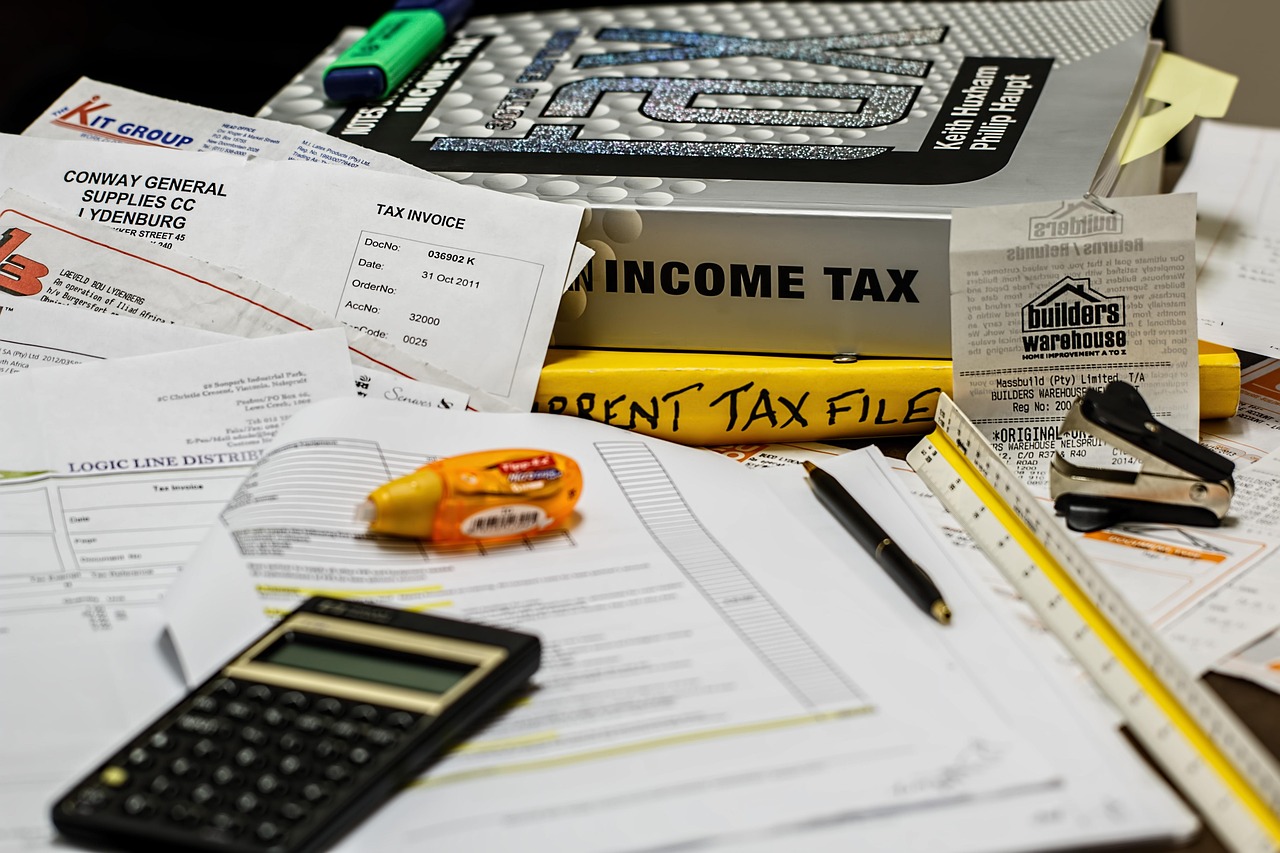Budgeting Tools Add Planner-Style Layouts: A New Era of Financial Management

In a rapidly evolving digital economy, the tools we use to manage finances are becoming increasingly sophisticated. One significant development is the integration of planner-style layouts into budgeting tools. This shift is not just a cosmetic enhancement but represents a deeper trend towards user-centric design in financial technology.
Traditionally, budgeting tools focused primarily on numerical data, offering spreadsheets and charts to help users track income and expenses. While effective, these formats often lacked the intuitive appeal and usability that modern users demand. As a result, many tech-savvy consumers have turned towards tools that incorporate planner-style layouts, which offer a more holistic and visually engaging approach to personal finance management.
Understanding Planner-Style Layouts
Planner-style layouts take cues from traditional paper planners, which many people have used for decades to organize their personal and professional lives. These layouts typically include:
- Calendar views that allow users to see expenses and income across days, weeks, and months
- Task lists that help users prioritize financial goals and tasks
- Visual cues, such as color-coded categories, that enhance understanding of spending patterns
- Interactive elements that enable users to annotate and adjust their budgets dynamically
By integrating these elements, budgeting tools can provide a more comprehensive and engaging experience, enabling users to plan and execute their financial strategies with greater ease and precision.
Global Trends in Financial Technology
The incorporation of planner-style layouts into budgeting tools is part of a broader global trend towards personalization and user-friendly design in financial technology. According to the 2023 Global FinTech Adoption Index, there is a growing demand for digital financial services that offer enhanced usability and intuitive interfaces.
Countries like the United States, the United Kingdom, and Australia are leading in fintech innovation, with a significant portion of their populations using digital financial tools daily. In these markets, users increasingly expect applications to be not only functional but also user-friendly and visually appealing.
Furthermore, emerging markets in Asia and Africa are witnessing rapid adoption of mobile-first financial solutions, where planner-style layouts can significantly enhance accessibility for users who may be new to digital finance.
Benefits of Planner-Style Budgeting Tools
The integration of planner-style layouts into budgeting tools offers several advantages:
- Enhanced User Engagement: By providing a visually appealing and interactive interface, users are more likely to engage regularly with their budgeting tools, leading to better financial management.
- Improved Financial Literacy: The intuitive nature of planner-style layouts helps users understand budgeting concepts more easily, promoting better financial decision-making.
- Personalization: Users can customize their budgeting tools to reflect their unique financial goals and preferences, making the tools more relevant and effective.
Challenges and Considerations
While the shift towards planner-style layouts is promising, there are challenges that developers and financial institutions must address. Data privacy remains a top concern, as these tools often require access to sensitive financial information. Ensuring robust security measures is critical to maintaining user trust.
Additionally, the diversity of user preferences necessitates that these tools remain flexible and adaptable. Not all users have the same needs, and providing options for customization and scalability is essential to cater to a broad audience.
The Future of Budgeting Tools
As financial technology continues to evolve, the integration of planner-style layouts into budgeting tools is likely to become a standard feature rather than an exception. The focus will increasingly be on providing a seamless blend of functionality and aesthetics to meet the demands of a tech-literate global audience.
This trend not only reflects a shift in consumer expectations but also highlights the potential for digital tools to transform personal finance management. As these tools become more accessible and intuitive, they have the potential to empower users worldwide to achieve financial stability and success.
















